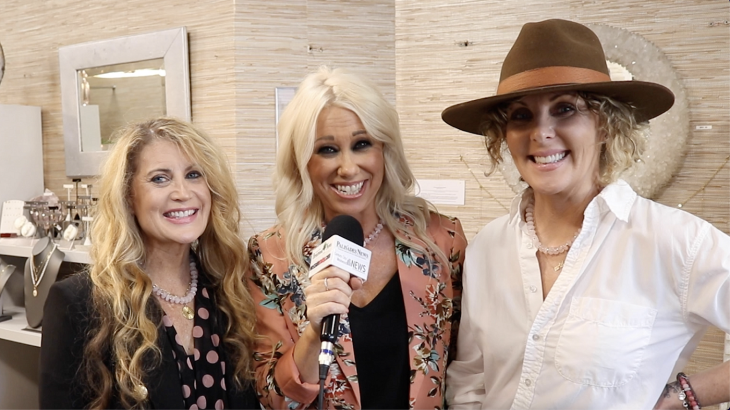Everyone wants to do their part in helping the environment, but they also want to be healthy and do what’s best for their family as well. A common trend is “going green” or starting live “clean”. By doing this you are making an effort to use products that are free of toxins and other harmful chemicals. You may agree that you want to do this but it may seem overwhelming and don’t know where to begin. Here we are going to take a look at the first easy steps you can take to living naturally.
Cosmetics
Taking the leap into clean cosmetics is usually one of the first moves when someone is attempting to transition. If you do your research as to what type of elements are in your beauty products you may be horrified. The big harmful ingredient names you may hear of are parabens and phthalates. The FDA has banned certain things from our products but some have been able to slip through the cracks and are still in our everyday things. Pretty much everything you use on your body like moisturizer, sunscreen, makeup, shampoo, conditioner, shaving cream, baby lotion, diaper cream, etc. can all hold harmful chemicals. The good news is that they can be avoided, you just need to be on the lookout.
Food
The food industry is another area which could use some improvement. Some foods are worse than others. The foods that seem to be the worst are produce and meat. The big problem in these foods is the use of pesticides and hormones. When it comes to meat it all comes down to how the livestock animals are kept. If they are given hormones to bulk up it will be in their meat. With produce, if pesticides are used to make them grow bigger and better then that can seem into them and in turn into you. Fruits and veggies with no skin are worse off because they don’t have a skin you can remove to eat. Things like apples, strawberries, grapes, blueberries. Lettuce, spinach, carrots and pears all can be eaten as is which could potentially mean direct exposure to the chemical pesticides used. Farmers who grow products can also use growth hormones to make their products bigger which is also harmful to humans. The alternative here is to go organic. There are specialty stores that only sell organic or it is now common for most general stores to carry organic items. The problem with organic options is that they tend to be pricier. If there is something you consume a lot of and often, then maybe that is something you can splurge on.
Your cookware used to prepare your foods and serve them in should also be looked into. Make sure you aren’t using plastics but rather glass, wood or bamboo.
Paper Products
Bottom line is that plastics contain many harmful chemicals and should be avoided at all costs. Unfortunately our government isn’t passing the regulations required to eliminate the unnecessary use of this element. There are many alternatives to plastic products that can help rid the world of the excess waste that plastic creates. Things like reusable straws, glass jars, stainless steel cups, bamboo toilet paper, wooden cooking utensils, reusable cotton rounds, natural wooden toys and reusable grocery bags are all things we can use and are just as convenient.
Fragrance
A good rule of thumb is that anything that has an artificial fragrance is full of chemicals and harmful toxins. Toxic fumes can be found in household sprays, detergents, bath products, air fresheners, plug ins, candles, and perfumes. The best alternative are essential oils. Essential oils offer a safe and natural way to not only smell good but bring other natural remedies to light. With essential oils you can make candles, room sprays, and perfumes. If you get a diffuser you can make your home smell delightful.
Cleaning Products
Household cleaning products are another source of toxins like carcinogens, poison and severe lung irritants. This area of your home can easily be placed with natural products and cleaners. As with fragrances, essential oils are popular in this category because they are great for non toxic cleaning. They clean and smell nice.
There are many areas that can be switched over in order to live “clean” or “green”. Start by tackling each area one at a time and work your way through until you have a good grasp on all areas of your home.

























